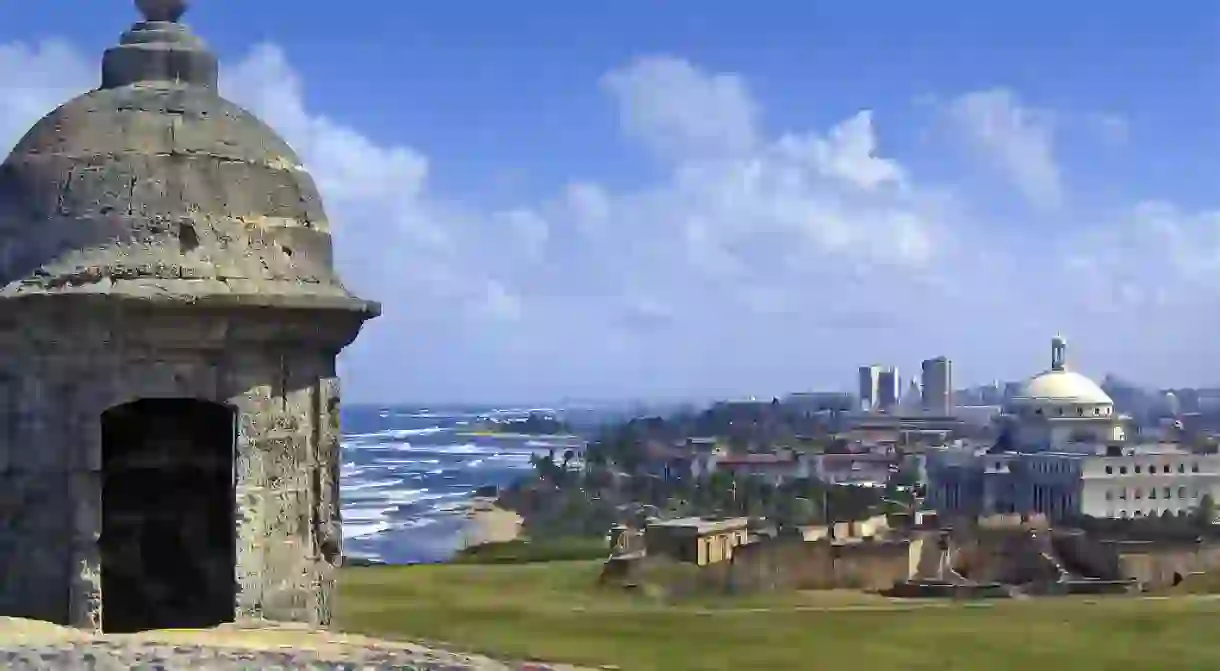A Brief History of Fort San Cristobal

The most famous fortification in Puerto Rico is probably El Morro Castle, but Fort San Cristobal, located in Old San Juan is not far behind. A section of the fort is walking distance from the San Juan Capitol Building and the Teatro Tapia y Rivera, a famous and historic theater. San Cristobal, as it’s commonly called, offers spectacular views, impressive architecture and its own unique experience for visitors.
According to the National Park Service, Fort San Cristobal is thought to be the biggest fortress constructed on the American continent. The fortress served as a means of defence for the city of San Juan in the event of land attacks from the east. The structure was built over a period of 150 years, and features three levels and multiple outer defences. Chief engineer of the project was Irishman Tomás O’Daly with assistance from Juan Francisco Mestre. The fortress was named in honor of Saint Christopher, the patron saint of land travelers, and was considered a necessary addition to San Juan’s defences in the wake of devastating attacks from the English in 1598 and Dutch in 1625.

With its design inspired by the 17th century Vauban-style fortresses of France, notable features of the fort include a dungeon, moat, plaza, rooms for canons, various tunnels, and a bunker, with two observation posts added during World War II. In addition, rainwater was collected and those cisterns are used in the present day. The cisterns retain 800,000 gallons of water which is used to irrigate surrounding parkland and stands as proof that self sufficiency has existed for centuries.

Other must-know historical facts are that downsizing of the fort was carried out during late 1800s to make space for traffic flow into and out of Old San Juan, and San Cristobal was declared in 1983 part of the San Juan UNESCO World Heritage Site, along with other Spanish-era fortifications. It’s also a National Park Service Historic Site.

Fort San Cristobal’s network of underground tunnels is open for exploration – the complex maze was originally utilized to facilitate easy communication, transportation of military materials, and add a level of difficulty for attackers. The tunnels were completed in 1780 and were built to provide visual disadvantages for attackers through the shaping of the tunnels and the darkness of the surroundings. Visitors have the opportunity to walk through tunnels and gain additional insight into this important fortification. The structure stands as an imposing and impressive example of 18th century innovation in military engineering.
📅 Monday–Sunday 9AM–6PM













